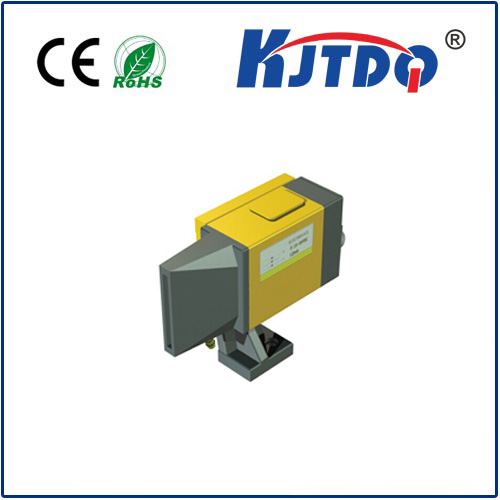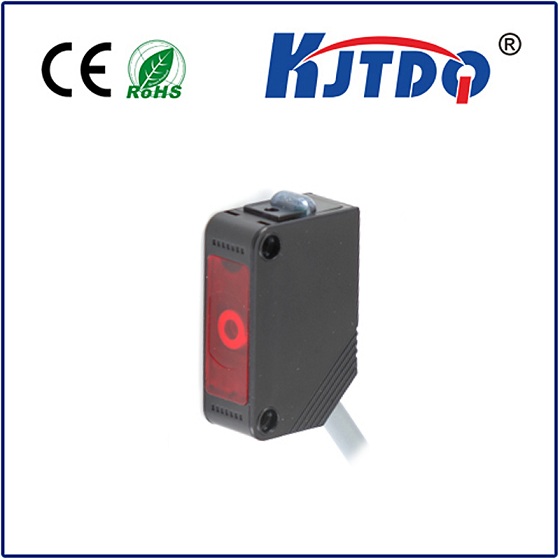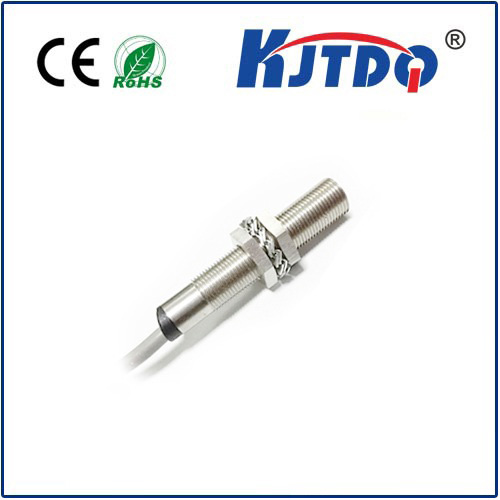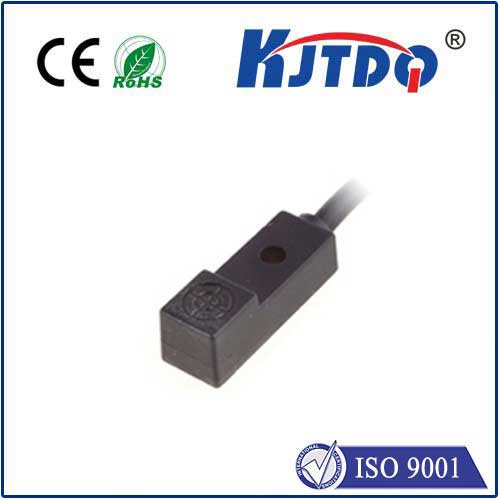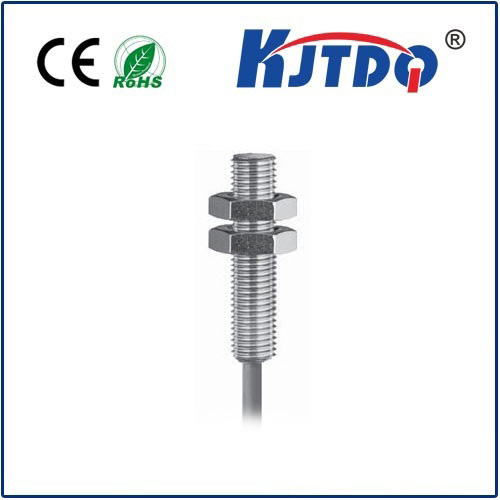

check

check

check

check
E3S-CL: A New Era in Sustainable Energy Systems
In an era defined by climate change and energy security, the development of sustainable energy systems has become more critical than ever. Among the many innovations in this field, the E3S-CL (Energy Efficiency and Sustainability in Cities) framework stands out as a pioneering approach to integrating renewable energy, efficient infrastructure, and smart technologies in urban environments. This article explores the key components of the E3S-CL model and its potential to transform the way cities develop and operate.
The E3S-CL model is rooted in the principles of energy efficiency, sustainability, and smart city technologies. It emphasizes the integration of renewable energy sources, such as solar and wind power, into urban infrastructure to reduce carbon emissions and promote environmental protection. At the heart of this model is the concept of smart grids, which enable real-time data collection and distribution of energy, ensuring that resources are used efficiently and sustainably.

One of the most significant advantages of E3S-CL is its modular design, allowing cities to adapt and evolve as energy needs change. By leveraging Internet of Things (IoT) and artificial intelligence (AI), cities can monitor and optimize energy consumption in real time. For example, smart meters and sensors can detect energy waste in homes and businesses, enabling timely interventions to reduce overall consumption.
Moreover, the E3S-CL model promotes green building standards and eco-friendly urban planning. It encourages the use of renewable materials, energy-efficient lighting, and smart transportation systems to minimize environmental impact. By integrating these elements, cities can create eco-cities that are not only resilient to climate change but also attractive for residents and businesses.
Another key component of the E3S-CL framework is the policy and regulatory support that enables the widespread adoption of sustainable energy solutions. Governments play a crucial role in incentivizing the transition to renewable energy through subsidies, tax breaks, and clear regulatory frameworks. This supportive environment is essential for ensuring that the E3S-CL model can be implemented effectively at scale.
The E3S-CL model also emphasizes community engagement and public participation in the transition to sustainable energy. By involving citizens in decision-making processes and providing them with information about energy efficiency and sustainability, cities can foster a culture of environmental responsibility and innovation.
In conclusion, the E3S-CL model represents a comprehensive and forward-thinking approach to sustainable energy systems. Its focus on energy efficiency, smart technologies, and community involvement makes it a vital tool for the future of urban development. As cities continue to grow and face the challenges of climate change, the E3S-CL framework offers a clear path toward a more sustainable and resilient future.
